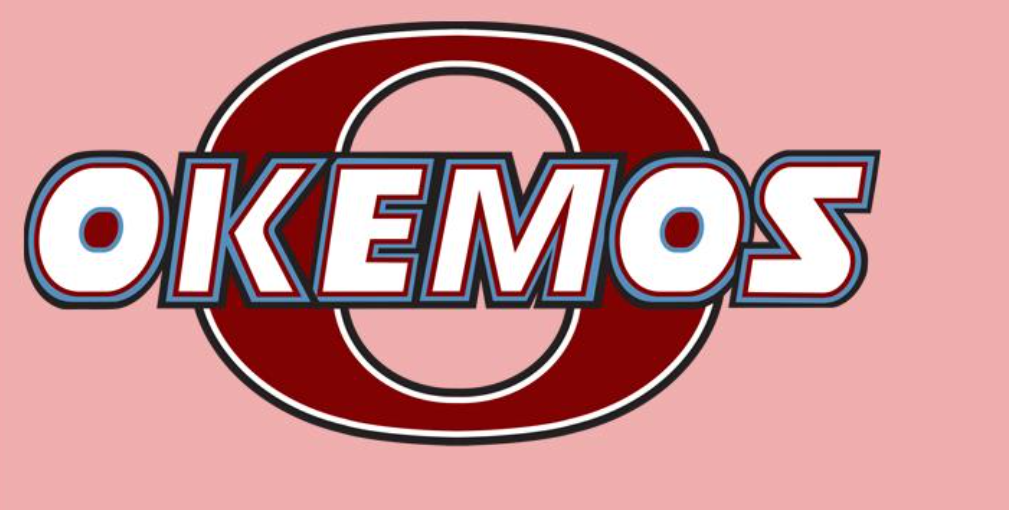
Okemos Public Schools distributes ‘Genderbread Person’ diagram as part of elementary school reproductive health lesson
Incidents
- Issues
- Indoctrination
- Sex and Gender
Okemos Public Schools in Michigan uses the “GenderBread Person,” a resource designed for students as young as five years old, to teach reproductive health. The diagram explains gender identity, attraction, gender expression, and anatomical sex.
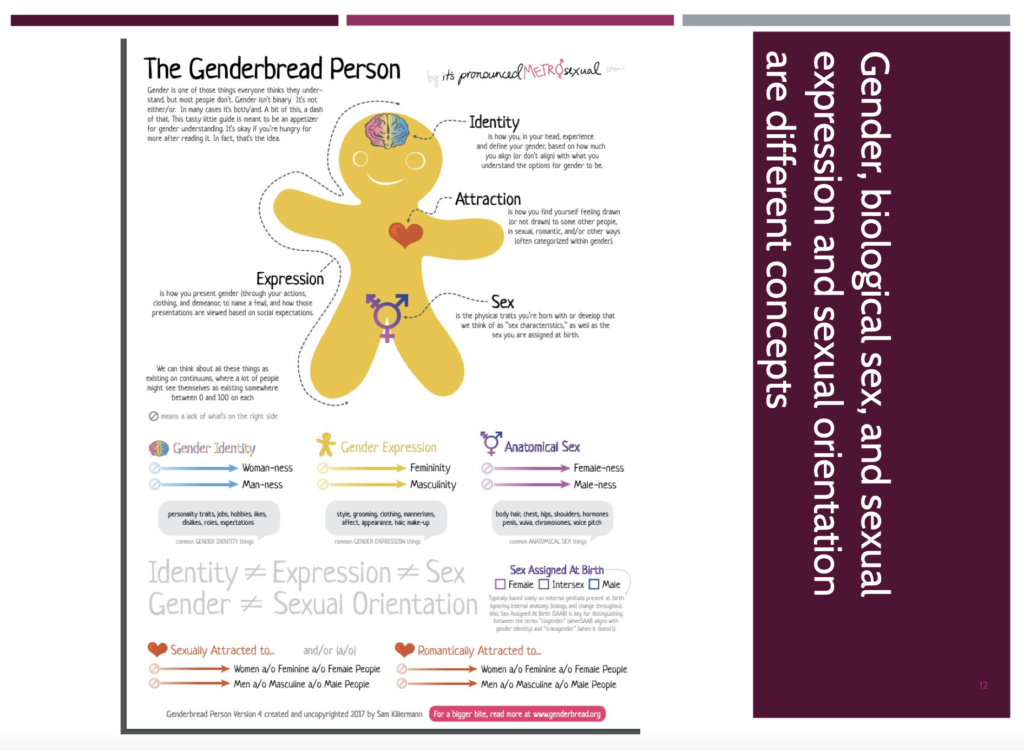
OPS lists the GenderBread Person resource as part of its “Introduction to Reproductive Health: Understanding Gender and Sexual Orientation Lesson Plan from Rights, Respect, and Responsibility.” Although the district does not specify in which grade the lesson is taught, a statement on the district’s website notes that instruction about gender identity and sexual orientation starts as early as fourth grade.
Okemos Public Schools is dedicated to an ongoing process of creating and sustaining an inclusive and safe culture for students, families and staff. Our goal in Okemos is to create a culturally inclusive and responsive school environment where students, staff and community recognize, embrace, celebrate, appreciate and value the diverse attributes and identities of each other. To meet the goal, students in grades 4 through high school receive age-appropriate instruction about gender stereotypes, sexual orientation, gender identity, bullying, and sexual harassment.
Okemos Public Schools
The reproductive health resource describes anatomy as, “Your body parts … identify you as a male, female or maybe someone in-between.”
The GenderBread Person resource has been nationally scrutinized. During a debate over Florida’s Parental Rights in Education Bill, which prohibits “instruction on sexual orientation or gender identity in kindergarten through grade three or in a manner that is not age-appropriate or developmentally appropriate for students,” a concerned mother presented the GenderBread Person as a reason to pass the bill.
Okemos district’s reproductive health lesson contains more disturbing references to sexual orientation and gender identity. One resource is the Kinsey Scale of Sexual Behavior, which ranges from “exclusively heterosexual behavior” to “exclusively homosexual behavior,” with room for “incidental homo- or hetero- sexual behavior” in between.
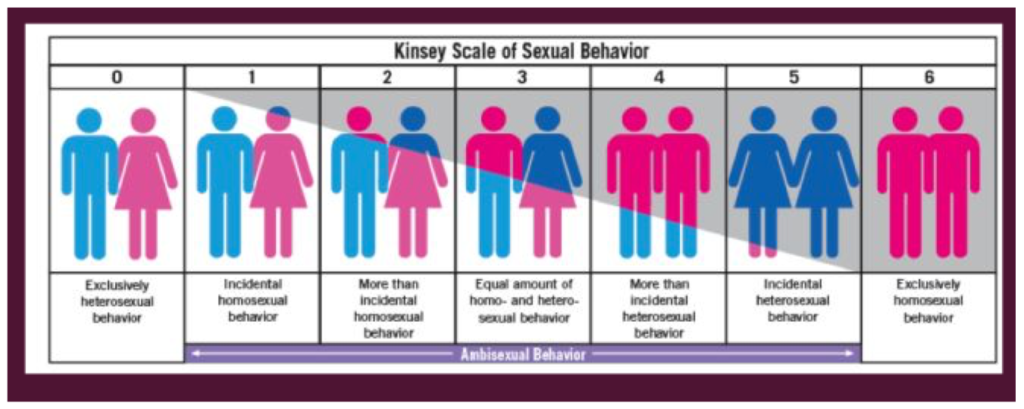
The lesson also includes a “Case Study,” in which students are asked to identify an 11th grade girl who says she’s lesbian, but also loves a boy. The only correct answer to the case study’s identity is, “whatever SHE decides it is,” the resource states.
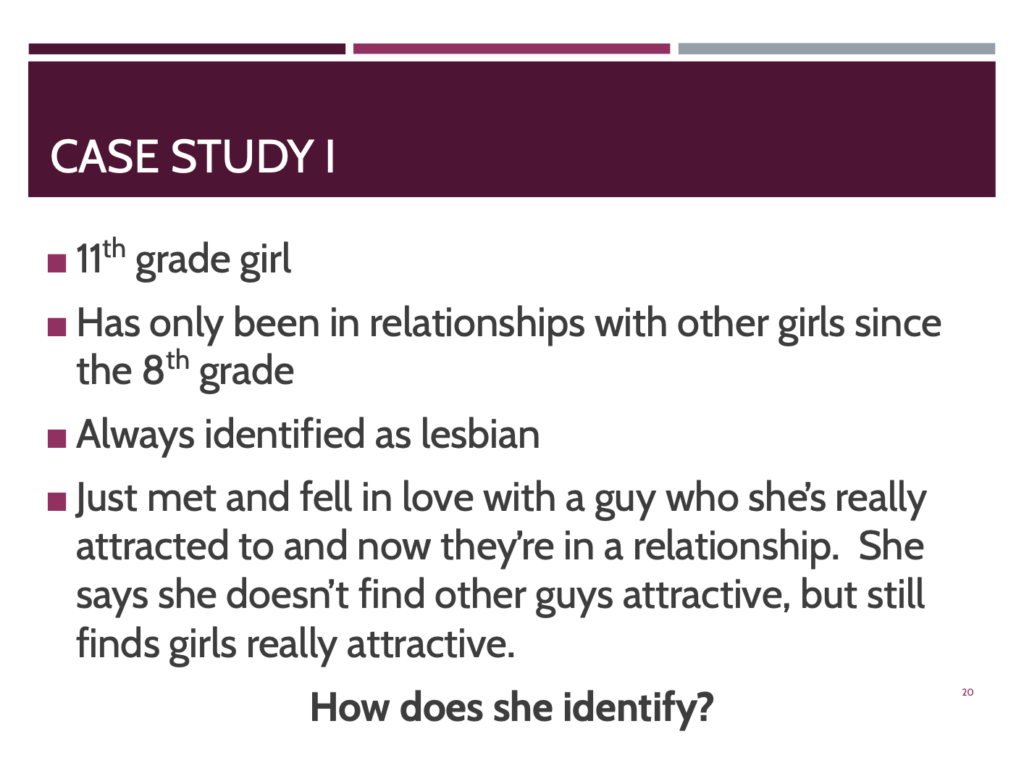
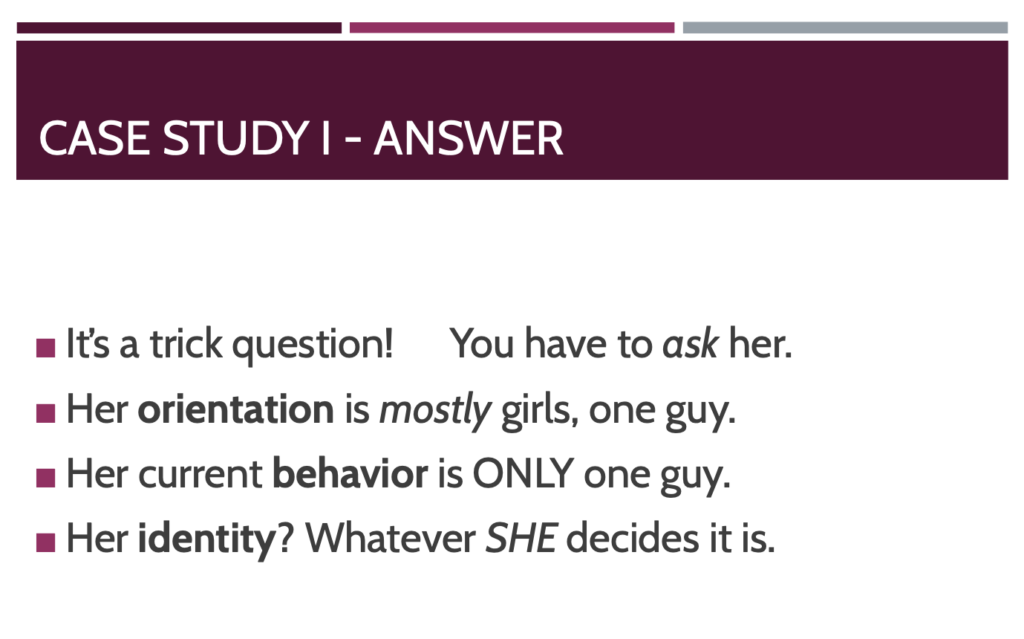
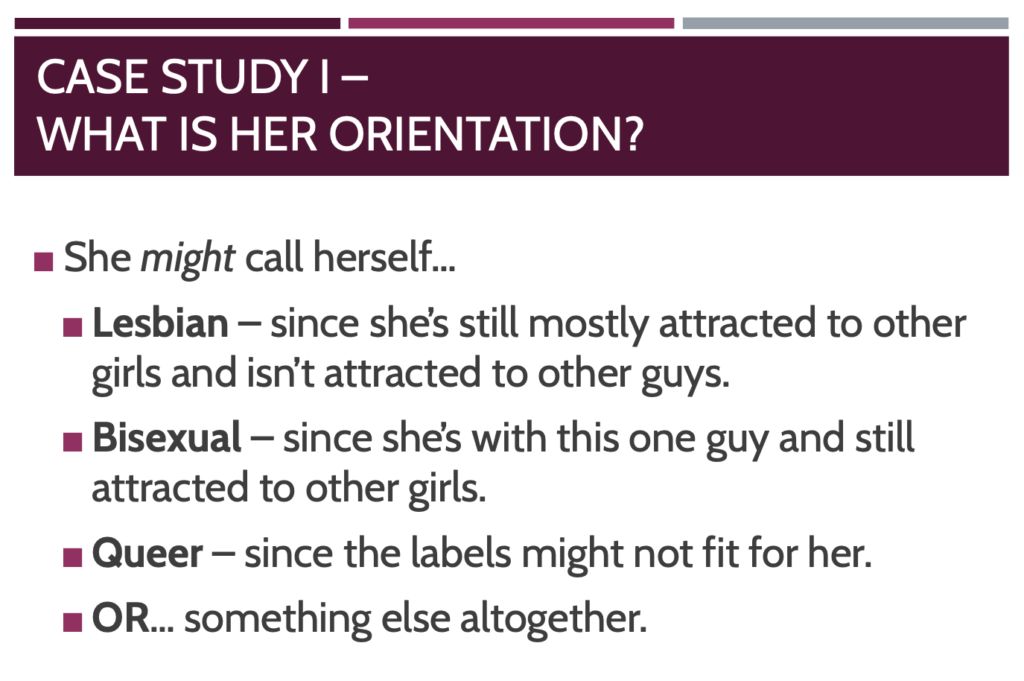
As an activity portion of the lesson, the district directs students to play “Sexual Orientation: Myth or Fact.” Students are required to go to the right side of the room if they think a statement is a “Myth” or the left side of the room if they think the statement is a “Fact.”
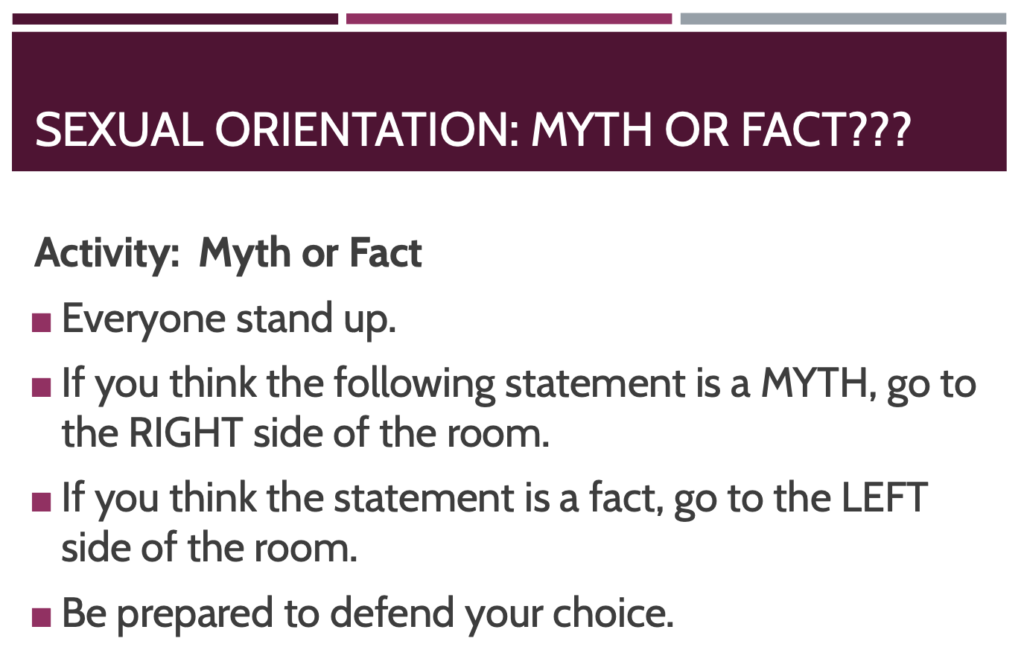
Polarizing examples of “Myths” or “Facts” include “Myth or Fact: If you try really hard, you can change your sexual orientation—regardless of whether you are heterosexual, lesbian or gay, or bisexual” (Myth) and “Myth or Fact: With the 2015 US Supreme Court Decision on marriage equality, Lesbian, Gay, and Bisexual people now have all the same rights as heterosexual people” (Myth).
Stay Informed
